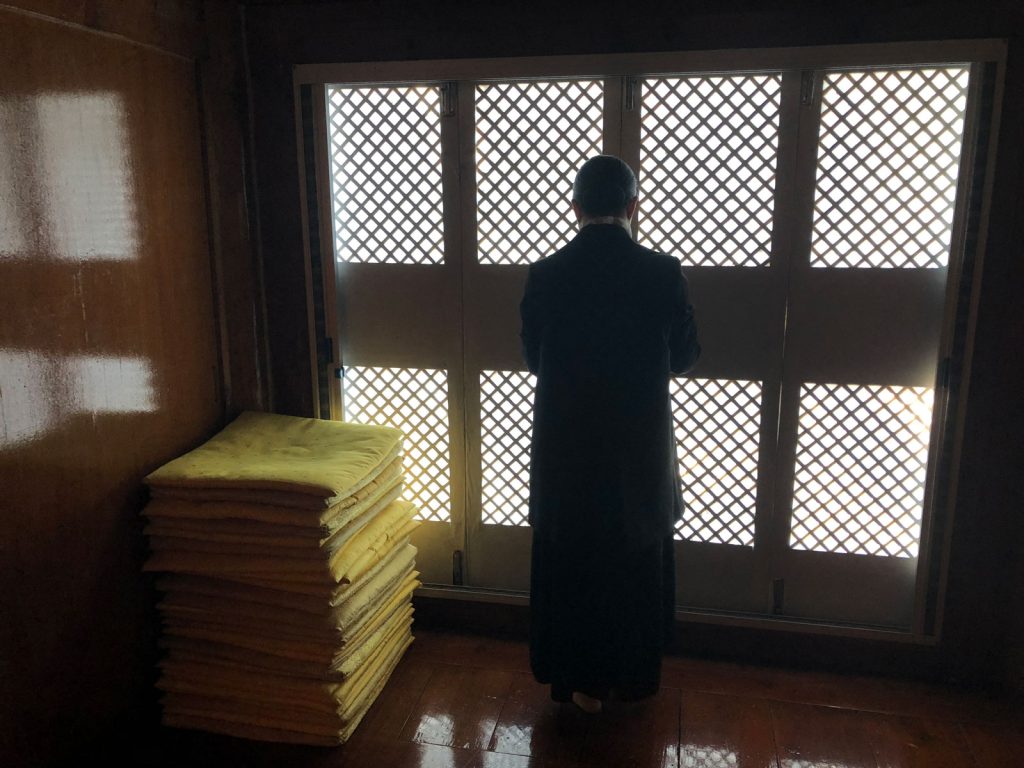As Tricycle’s executive editor, I was recently invited to Korea by the Won Buddhist order to attend the inauguration of their new head dharma master, Master Jeonsan. Unlike most Buddhist organizations, Won Buddhists elect their leaders, who serve for up to two six-year terms. So the fourth and fifth dharma masters were there to support Master Jeonsan as he took up the title. (Look out for our upcoming interview with him.)
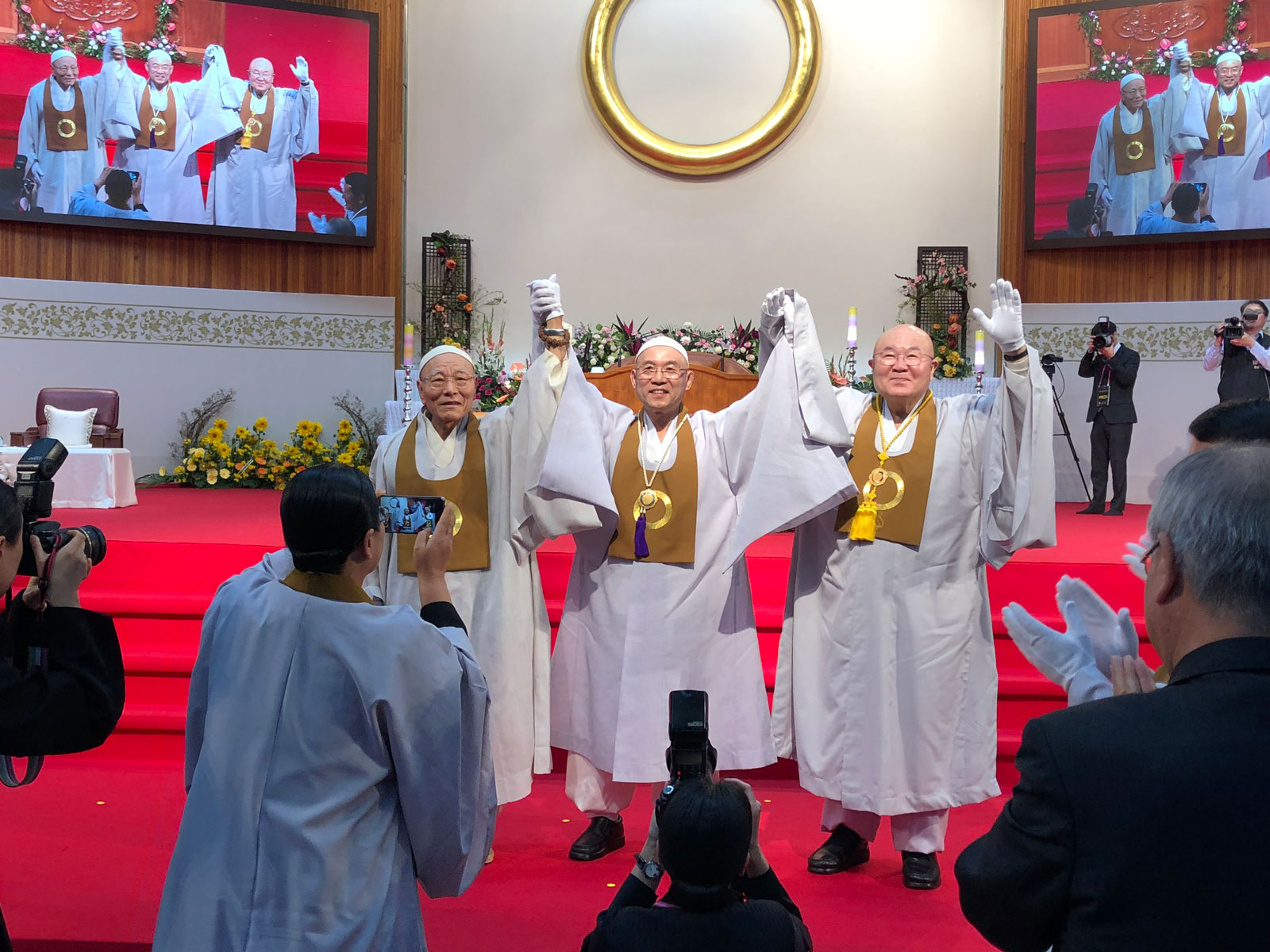
Korea is both traditional and progressive, and the Buddhists I met there were no exception to this sometimes striking mix. Son (Zen) Buddhism came to the country in the 7th century from China and is by far the most widely practiced form of Buddhism in Korea. But now there is also Won Buddhism, which presents itself as a “modernized” form of the religion and is only 100 years old. While the two are doctrinally very different, the practitioners I encountered from both schools held a commitment to engaging with the world, a commitment that most certainly comes from the same core values and generosity of heart.
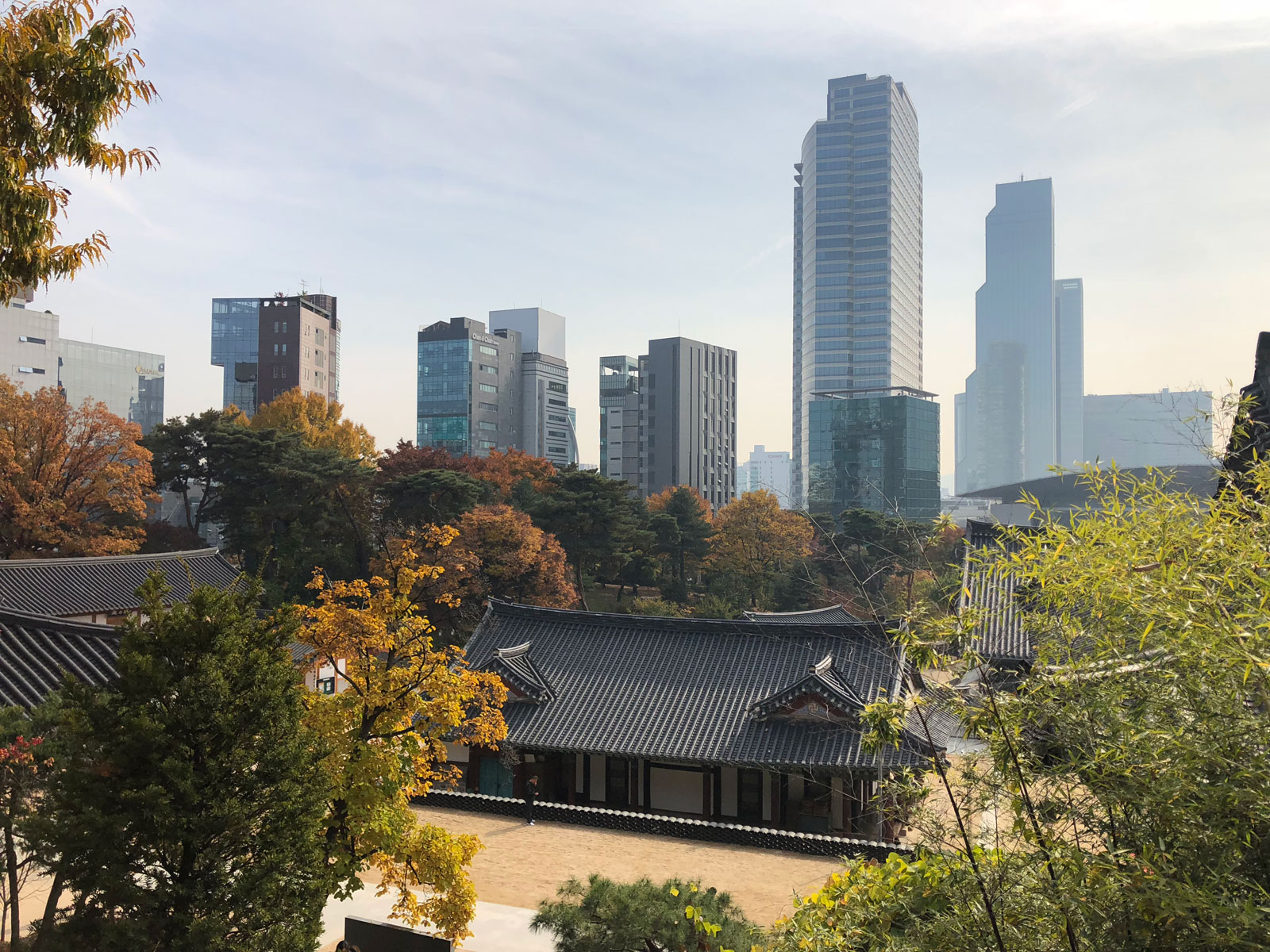
Among the Buddhists I met was Haemin Sunim, the famous Zen “Twitter monk”—he has over a million followers and a bestselling book (his second comes out in December)—who three years ago founded a very unusual center in Seoul. He calls it the School for Broken Hearts. You might mistake it for a YMCA if not for the stone carving of the Medicine Buddha that sits on one wall. At the school, Haemin Sunim teaches meditation and conducts traditional Buddhist ceremonies, but the bulk of his time is devoted to programs set up to relieve suffering at a very practical level: there are cancer support groups, art therapy classes, and even matchmaking meetups. (We’ll have more on Haenim Sunim’s efforts in the coming weeks.)
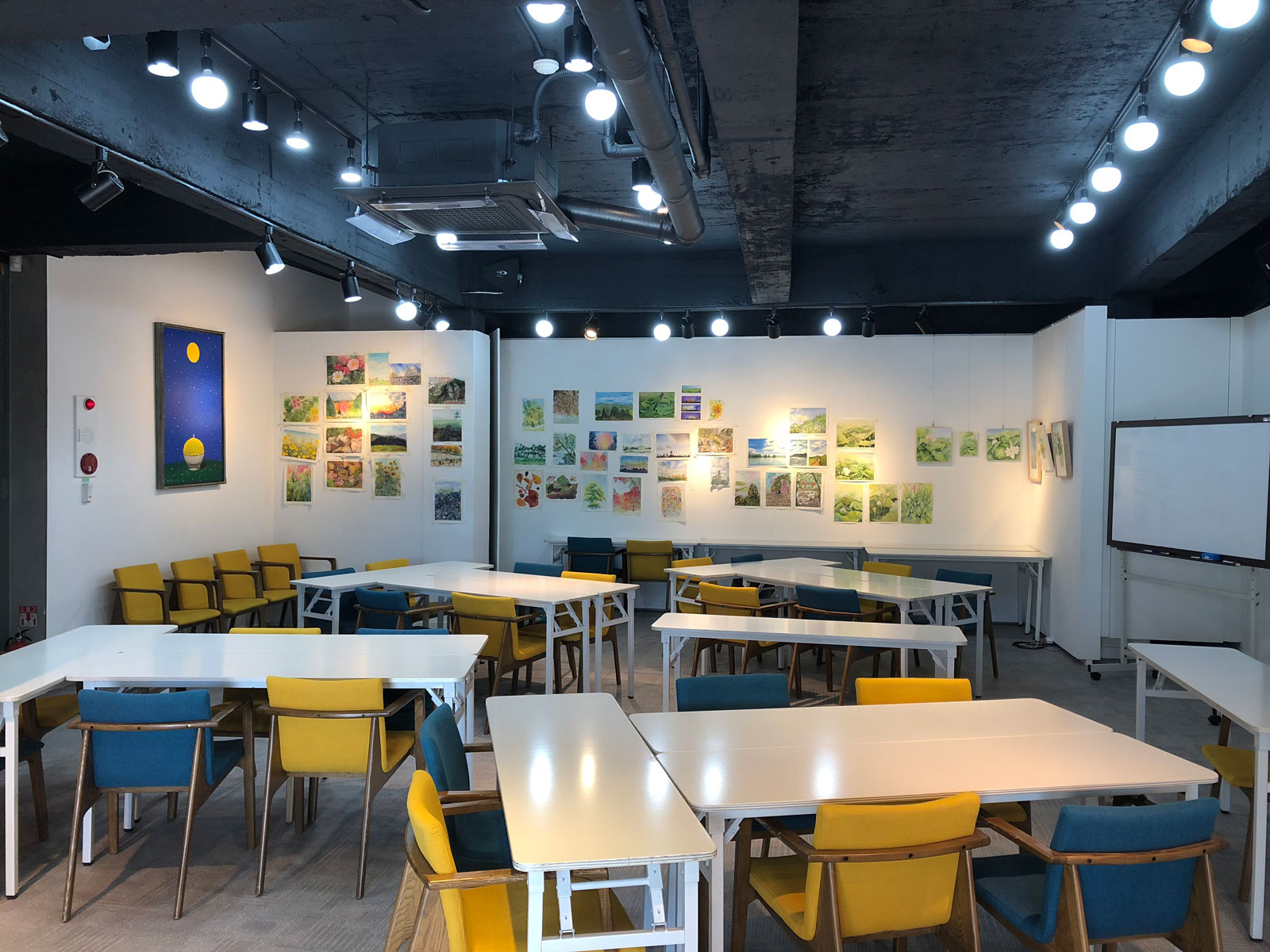
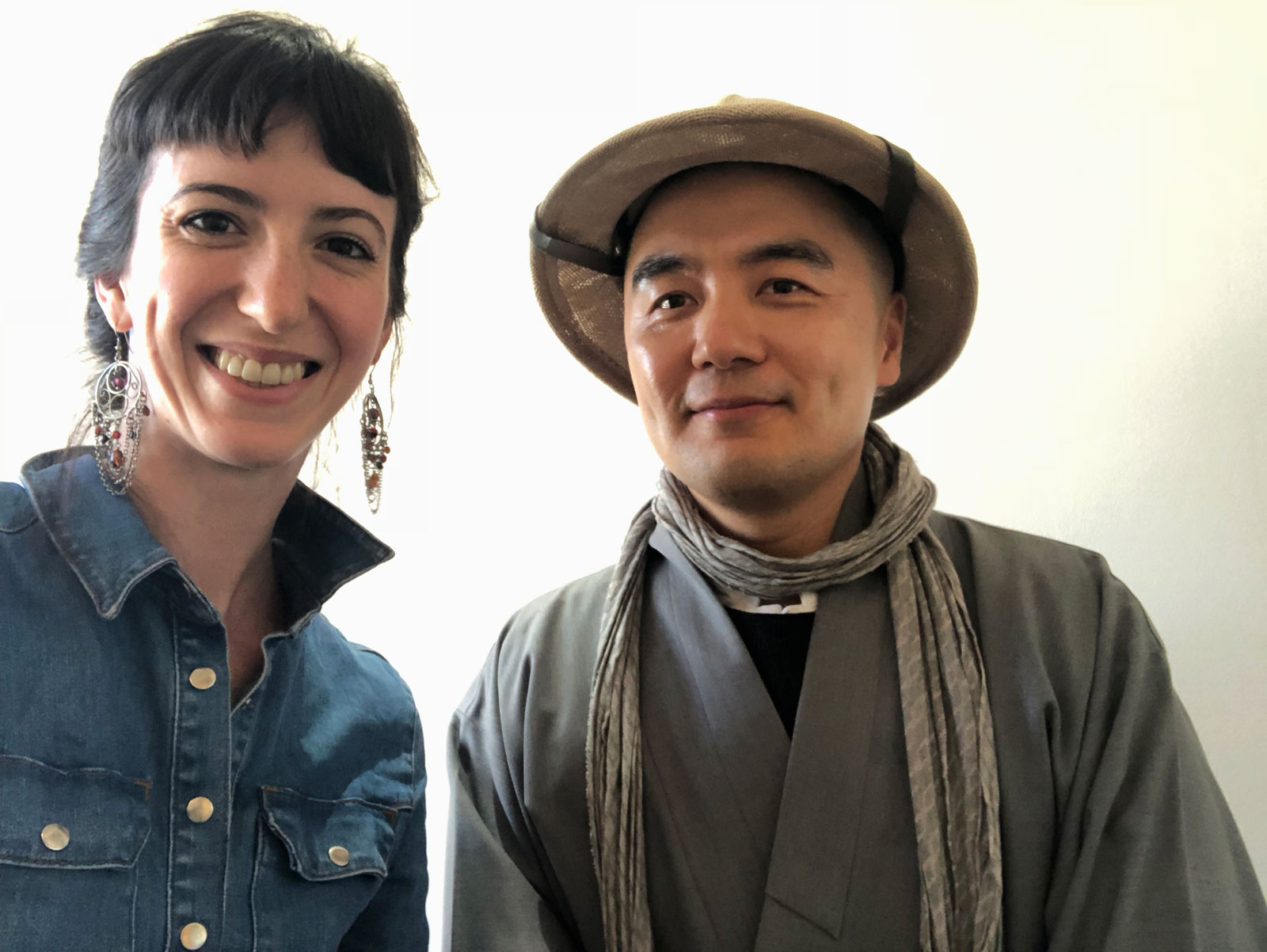
More traditional but no less inspiring was Jeong Wok Lee, a former bank president. After retirement, he spent his entire life’s savings building the Wongak (Enlightened to the Truth) Meditation Center in Jeonju, a city in southwestern Korea, where he now lives as a lay teacher. He returns to his apartment once weekly to see his wife, who I was told supports his passion for religious life.
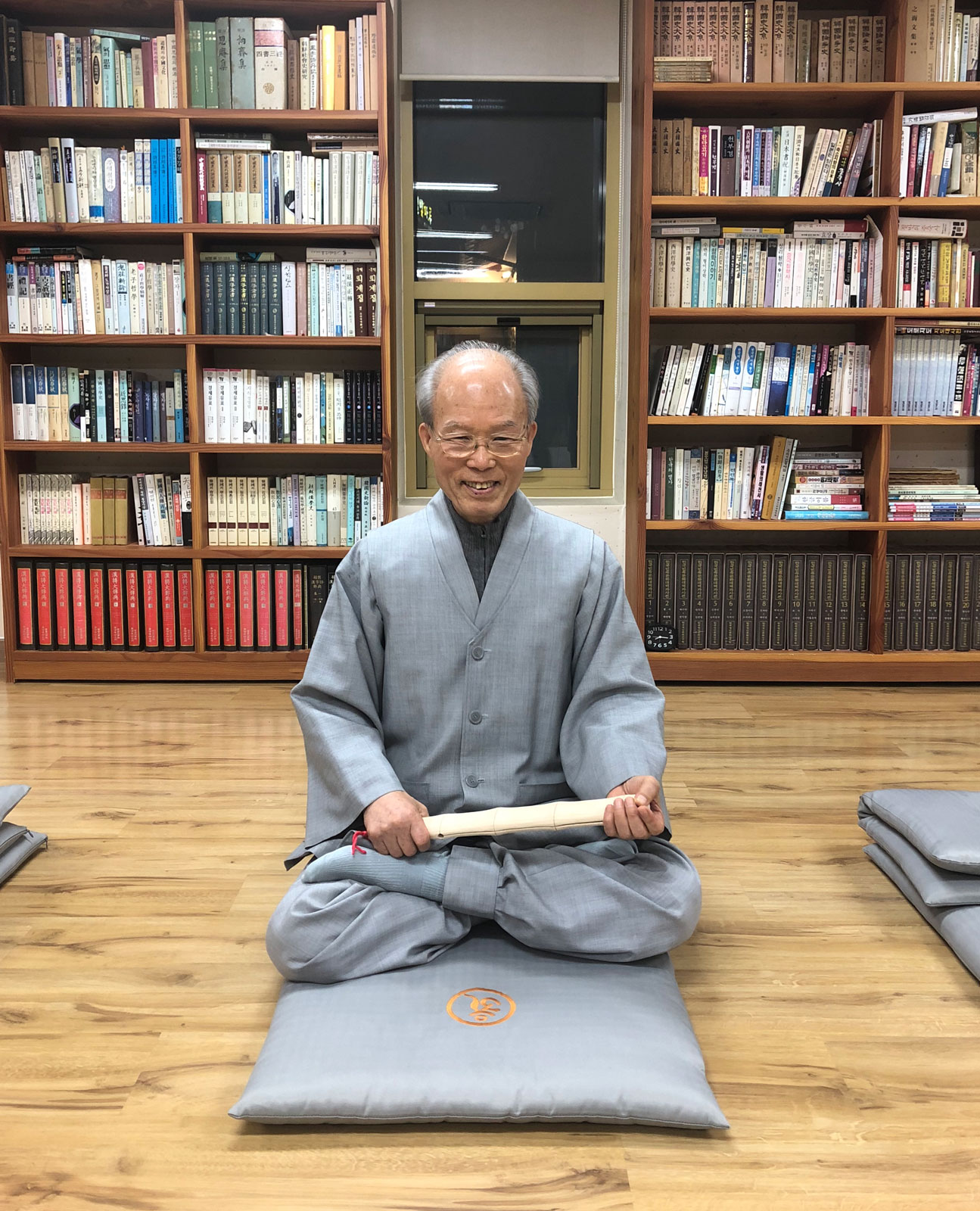
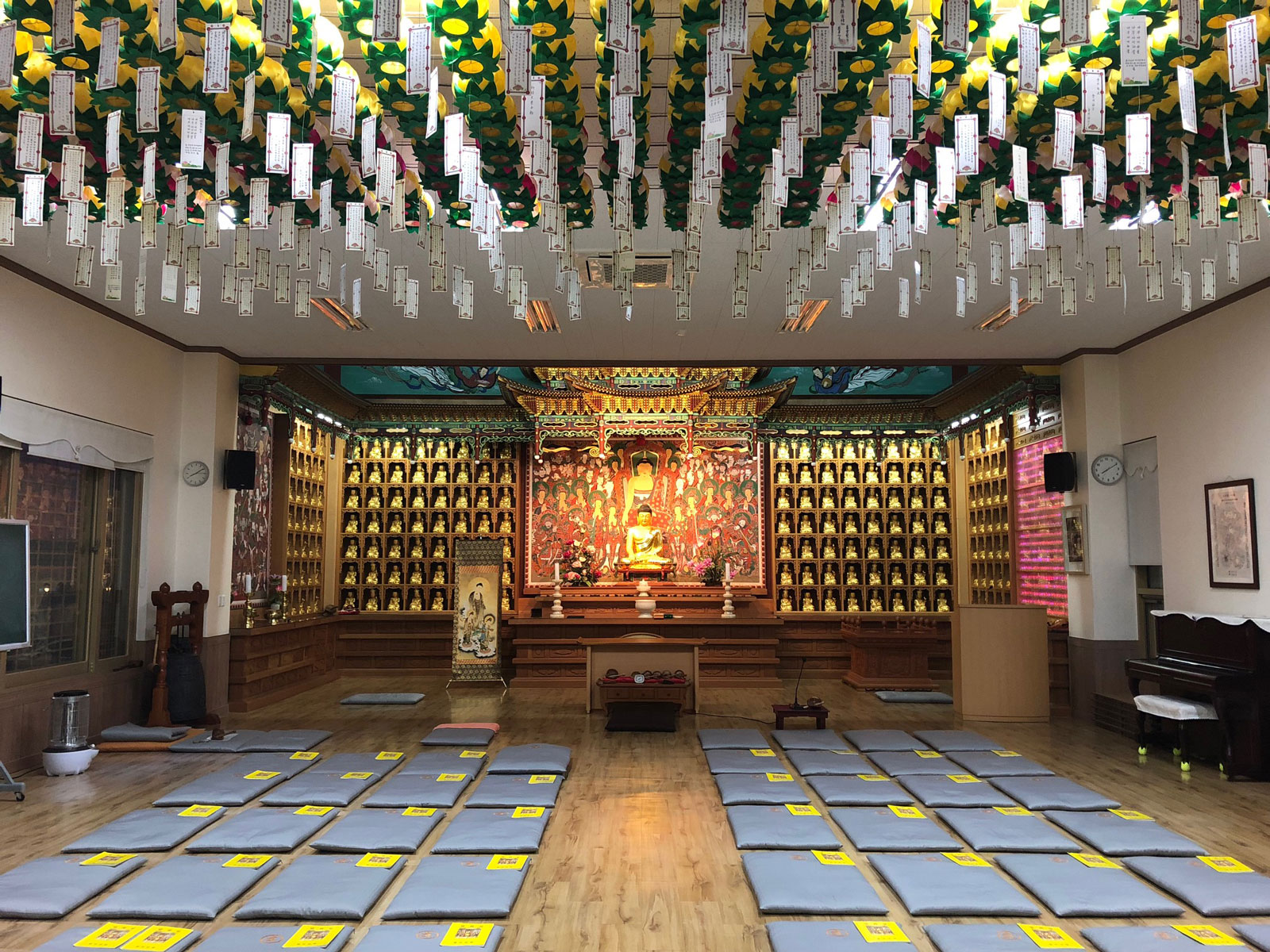
And there were all the many endeavors of the Won Buddhists, who emphasize that practice and service are one. And they walk the talk: among their many national and international initiatives, they run a hospital, a hospice care center, an acupuncture school, and a university in Iksan, all of which are open to the public. Their founding master, Sotaesan (1891–1943), is remembered for being impressively productive and practically minded. As the story goes, the first thing he did after attaining enlightenment was create a tideland reclamation project.
In Won Buddhism, mornings and evenings are for training the mind, and the day is for beneficial action, driven by the desire to help sentient beings. It’s a timely and perhaps useful teaching for Americans weathering the current political climate. To carry out convictions with compassion is no easy feat—but there are at least a few Buddhists in Korea living by example.
Thank you for subscribing to Tricycle! As a nonprofit, we depend on readers like you to keep Buddhist teachings and practices widely available.
